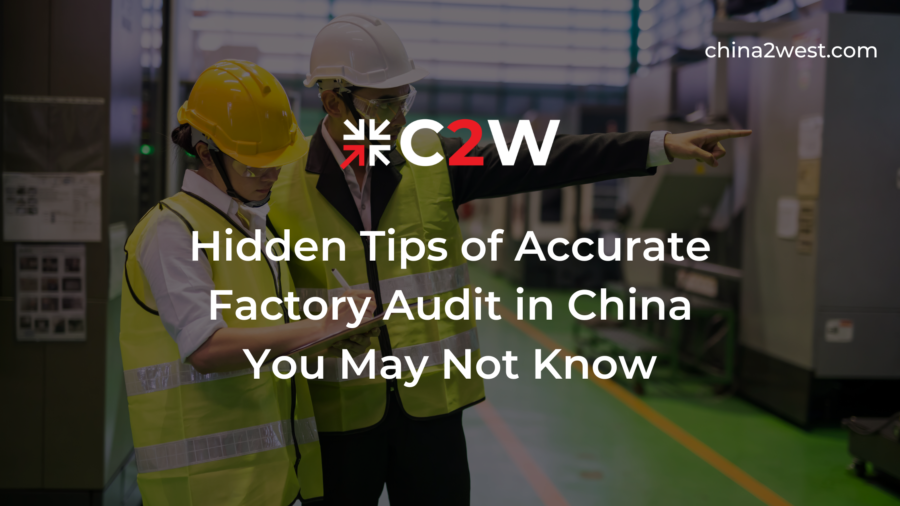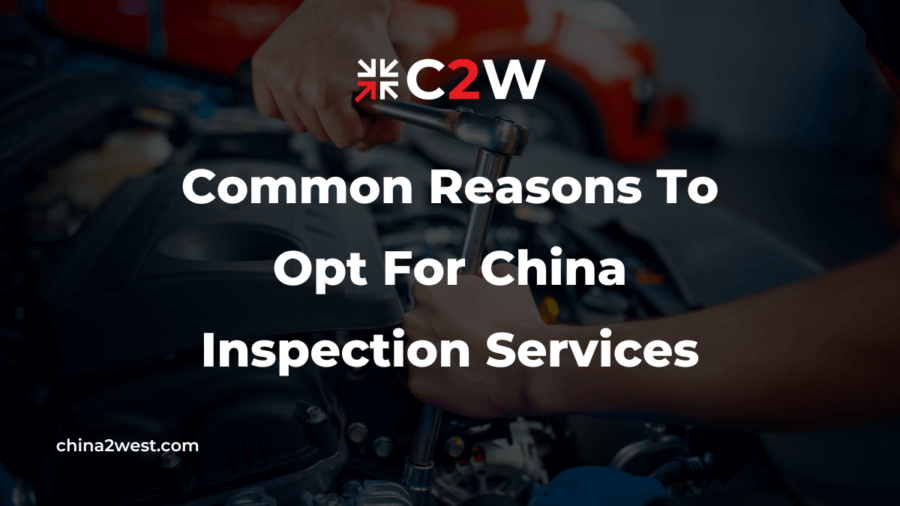In the ever-evolving landscape of global manufacturing, the importance of a comprehensive factory audit cannot be overstated. As businesses increasingly turn to China, a manufacturing giant, for production, the intricacies of auditing in this diverse and dynamic environment become more pronounced.
This article is dedicated to unraveling the often-overlooked tips that can significantly enhance the accuracy of your factory audit in China.
Regulatory Compliance
Ensuring compliance with local regulations is a cornerstone of a successful factory audit. In China, a country with intricate regulatory frameworks, this involves a nuanced understanding of environmental standards, labor laws, and industry-specific regulations.
Collaborating with local experts or seeking guidance from regulatory agencies is crucial to interpret these requirements accurately.
Going beyond mere compliance is essential. Aligning your operations with local legal standards not only contributes to the accuracy of the audit but also establishes a foundation for sustained success in the Chinese market.
Understanding and adhering to the regulatory landscape is an ongoing commitment that ensures your business remains in compliance with evolving standards.
Effective Communication
Effective communication in a culturally rich country like China is pivotal for a successful factory audit. The intricacies of Chinese communication, embedded in traditions and cultural nuances, can impact the accuracy of the audit.
Establishing a transparent and robust line of communication with the factory management is paramount.
Language barriers can be a hurdle; therefore, consider engaging a translator to facilitate seamless communication; cultural understanding goes beyond language—it involves grasping the implicit cues and unspoken norms.
Fostering effective cross-cultural communication ensures that information is conveyed accurately, creating a climate of trust and transparency crucial for an accurate audit.
Traceability in the Supply Chain
A comprehensive factory audit extends its purview beyond the factory floor, encompassing the entire supply chain.
Traceability, in this context, involves scrutinizing the origins of raw materials and ensuring ethical sourcing practices are maintained.
Inspecting not only the production processes within the factory but also the suppliers, storage facilities, and transportation methods throughout the supply chain is imperative.
This holistic approach guarantees that the audit captures the complete journey of your product. It ensures not only the quality of the final product but also the accuracy of the audit itself.
Understanding and analyzing the intricacies of the supply chain contribute to a more robust and accurate assessment of the factory’s capabilities.
Leveraging Technology
In the era of digital transformation, integrating technology into the audit process is not just a choice but a necessity.
Leveraging data analytics, Internet of Things (IoT) devices, and other technological solutions can significantly enhance the accuracy of factory audits.
These tools provide real-time information, streamlining the audit process and offering a more accurate representation of the factory’s operational efficiency.
Embracing technology ensures that the audit is not merely a snapshot but a dynamic and ongoing assessment. It maximizes accuracy by providing insights into the real-time performance of the factory.
Adopting technological solutions demonstrates a commitment to staying at the forefront of manufacturing practices and ensures the accuracy of your audit aligns with the current state of the industry.
Identifying Operational Risks
Going beyond the surface-level inspection is imperative when aiming for audit accuracy. Identifying and assessing hidden operational risks that might not be immediately apparent is crucial.
This involves scrutinizing the factory’s contingency plans, disaster preparedness, and workforce management.
Uncovering these hidden risks contributes depth and relevance to the audit. It not only assesses the factory’s current state but also evaluates its resilience and readiness for unforeseen challenges.
Identifying and addressing operational risks proactively enhances the accuracy of the audit by offering a more complete and nuanced understanding of the factory’s capabilities and potential vulnerabilities.
Engaging Third-Party Auditors
While internal audits are valuable, introducing a third-party perspective adds a layer of objectivity and expertise to the factory audit process. Collaborating with external auditors brings fresh insights that might be overlooked internally.
Opt for auditors with specific expertise in your industry to ensure a more comprehensive evaluation.
This collaborative approach not only ensures a more impartial assessment but also taps into the knowledge and experience of auditors who specialize in the intricacies of your particular industry.
Engaging third-party auditors is a strategic move that enhances the overall accuracy of your factory audit, providing an external validation that strengthens the reliability of the audit findings.
Uncovering the hidden tips discussed in this article is not just about meeting auditing standards; it’s about establishing a robust foundation for successful and sustainable manufacturing partnerships in China.
These tips go beyond the surface, delving into the intricacies that make the difference between a standard audit and an exceptionally accurate one.
Embrace these insights to elevate your factory audit process, ensuring it aligns with the nuances of the Chinese manufacturing landscape and positions your business for long-term success.
Working with a professional third-party quality control company in China is a great way to secure smooth factory audit there. One like C2W has nearly two decades of experience of quality control and is well-versed in international quality standard like ISO. Contact us now!




